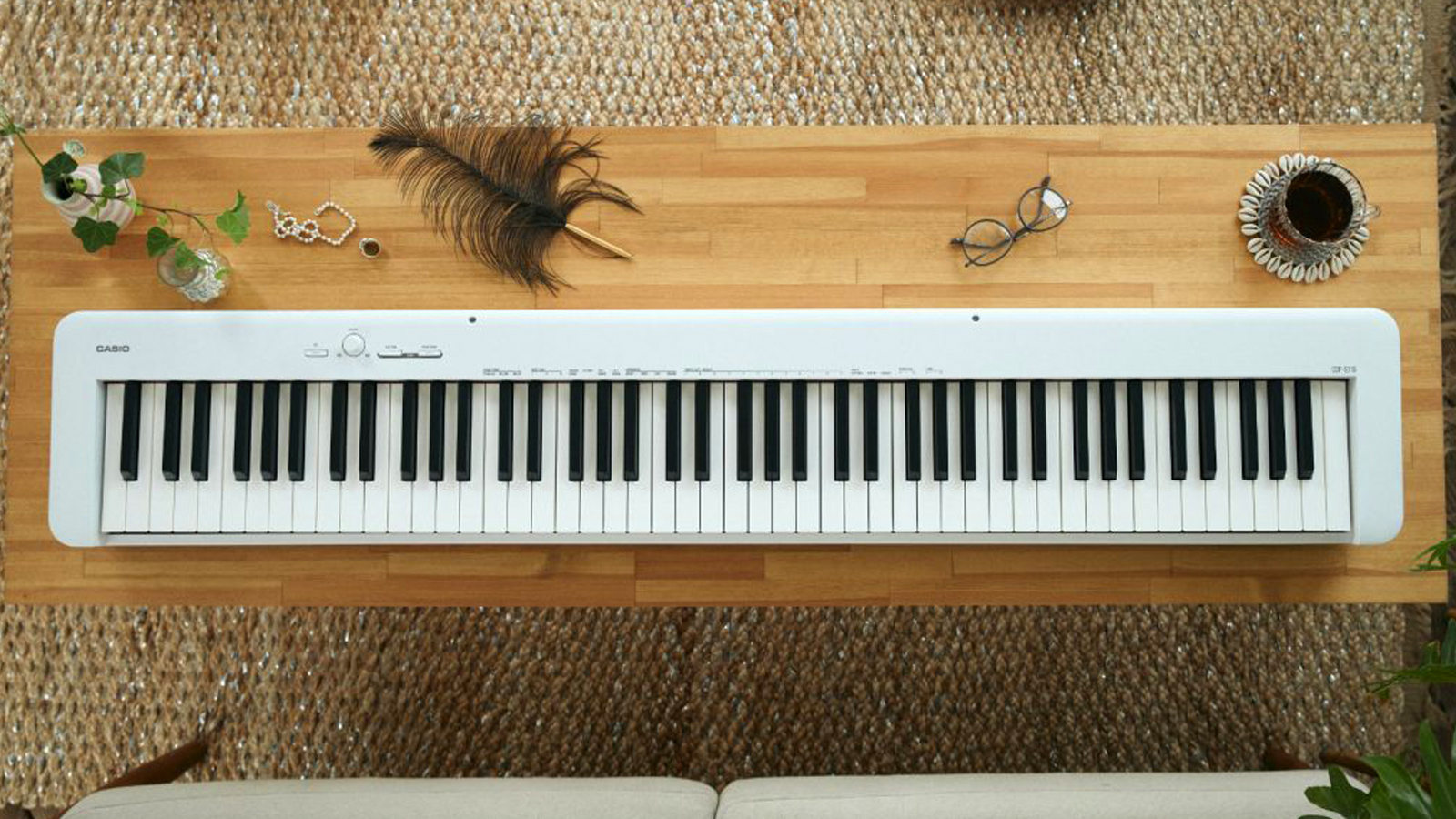MusicRadar Verdict
The original Casio CDP-S110 took the beginner piano world by storm when it hit the market a few years ago, and Casio is back with a - slightly - improved version, the CDP-S110. Casio hasn't tried to reinvent the wheel, opting instead for subtle tweaks to an already winning formula. Just like its predecessor, the S110 is a fabulous piano for the budding pianist looking for their first instrument, with a great feeling keyboard and quality voices.
Pros
- +
Great sounds
- +
Lightweight and compact
- +
Very affordable
Cons
- -
The low-end can lack definition
- -
Not that different from the previous model
MusicRadar's got your back
Casio CDP-S110 review: What is it?
If you are at all familiar with entry-level digital pianos, then you'll undoubtedly be aware of the Casio CDP range - which unsurprisingly stands for Compact Digital Piano. Of course, Casio has long had a history of making fun, affordable instruments designed to inspire the new generation of players, and the CDP series certainly does that - but one piano, in particular, seemed to capture the hearts of budding pianists the most, the CDP S-100. Since its debut in February of 2019, this sleek and incredibly wallet-friendly stage piano has been the go-to for inspiring new keys players - that is, until now.
The brand new Casio CDP-S110 builds on the legacy of its ancestor but employs a few valuable upgrades. Despite there being a few changes to the new model, the S110 still utilizes the top-rated Scaled Hammer Action II keyboard for its 88 fully weighted keys. This is a light but responsive action that many beginner players enjoy.
The piano also sticks to the same set of ten sounds found on the previous incarnation. That said, there have been a few tweaks to the velocity and decay time on the core piano tones, which Casio says results in the voices sounding "even more natural".
The Casio CDP-S110 benefits from a set of 8W speakers built directly into the piano itself. These 12cm × 6cm, oval-shaped speakers provide plenty of volume for home practice. At the same time, the output socket, located on the rear of the unit, doubles up as a way to practice silently via a set of headphones or has the main piano output that can be fed to a PA system for playing live on stage. Also, on the back panel, you'll find a USB out, which can be used to connect the piano to a laptop, which in turn transforms the S110 into a MIDI controller.
Additionally, the CDP-S110 now comes in an elegant new colour option - white. Meaning you can now get a piano that better suits the environment it’s going to be placed in.
Casio CDP-S110 review: Performance and verdict
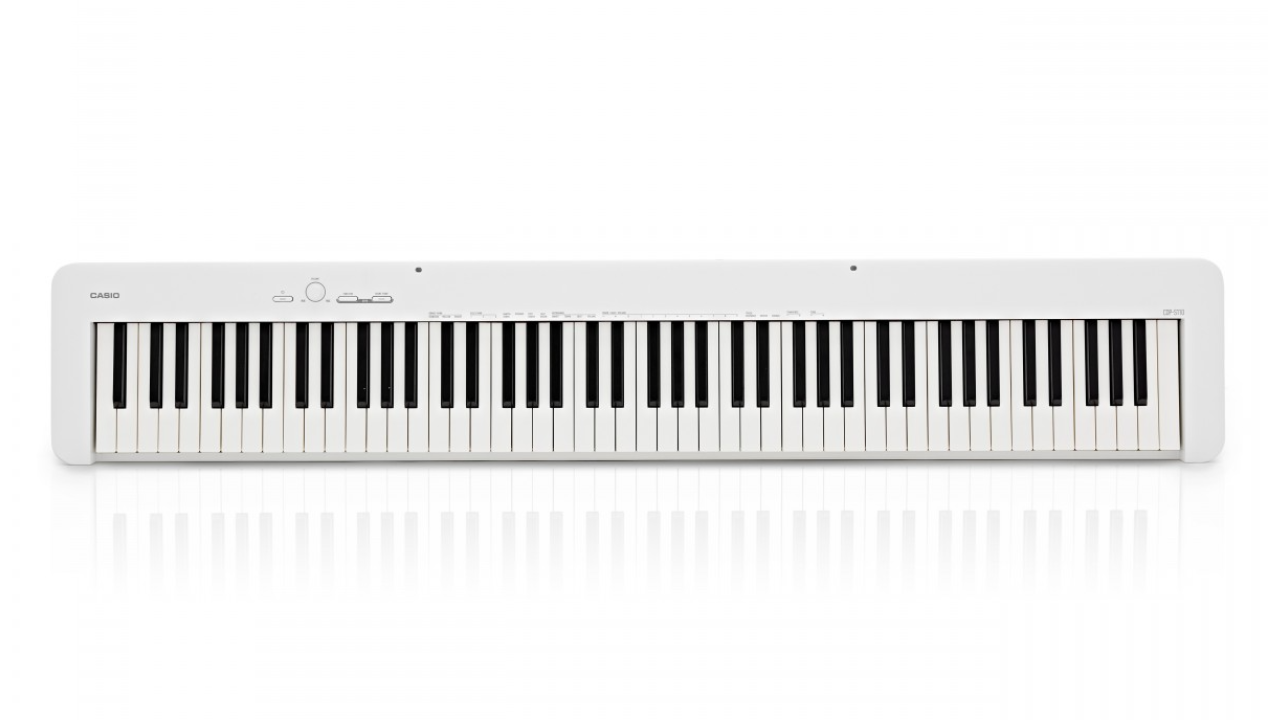
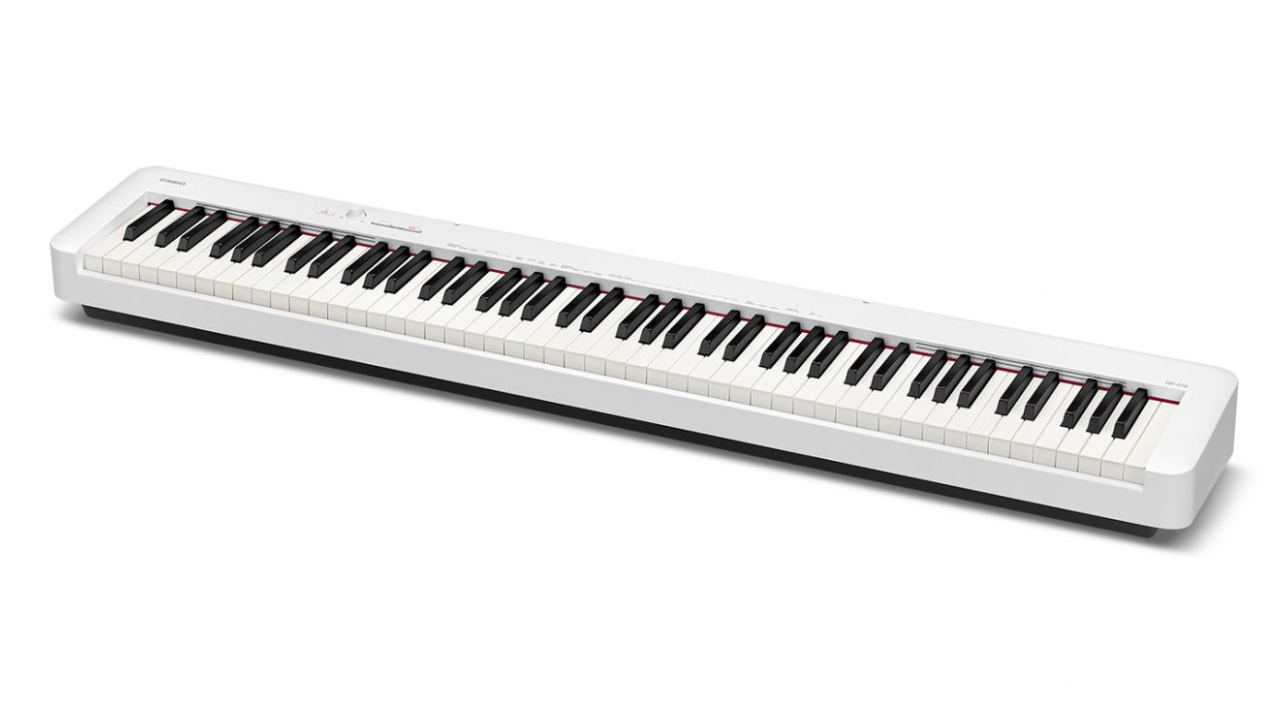
When a new version of a product is released, most people's thoughts turn to the previous model and how the latest one compares. In the case of the S100 and S110, there is very little difference - if it ain't broke. So it's fair to say we were big fans of the 2019 version and are glad that many of the features that made us love that piano are still present here.
Playability
The S110 still makes use of the very popular Scaled Hammer Action Ⅱ keyboard, which offers players a relatively light touch, which is both responsive and dynamic. Yes, some seasoned players may long for a slightly firmer feel on the keys, but the fact of the matter is this piano is designed with beginners in mind, and the key action is perfect for the intended audience.
It has to be said that we have always liked the physical feel of the keys, which, while they are plastic, don't feel slippery. The black keys, in particular, are textured to mimic the feel of the ebony keys you would find on an acoustic piano. This porous texture not only improves the overall look of the piano, but it also enhances the playing experience, notably stopping your fingers from dropping off the keys after hours of strenuous practice. Now, considering its very low price point, this is a nice touch.
Sound
At the heart of this beginner instrument is the ten voices accessed via the function button on the top panel. As you'd expect, it's all the popular voices that are included here, from a grand piano - which has three modes - to harpsichord, strings, as well as pipe and jazz organ. Of course, other pianos on the market will offer a greater number of sounds. Still, while others will focus on quantity rather than quality, each sound here is very useable and musical - which unfortunately isn't always the case with others at this price point.
New for the S110 is a subtle tweak to the velocity and decay time of the core piano voices. This is in an attempt to make them sound more natural. However, Casio do say this is a subtle change, and it may be a little too nuanced for us, as we find it difficult to notice a difference. Obviously, that's not to say this piano sounds bad, far from it. These piano tones are warm, rich, and sound, well, just like a real piano - but if you are thinking of upgrading your current S100 to the S110 for a marked sound improvement, you'd be wasting your cash.
One of the areas we feel the piano could improve on is the low-end definition. The bass frequencies can get a little muddy. This is better when using headphones, but we'd like to see the bass tighten up on the subsequent versions.
Features
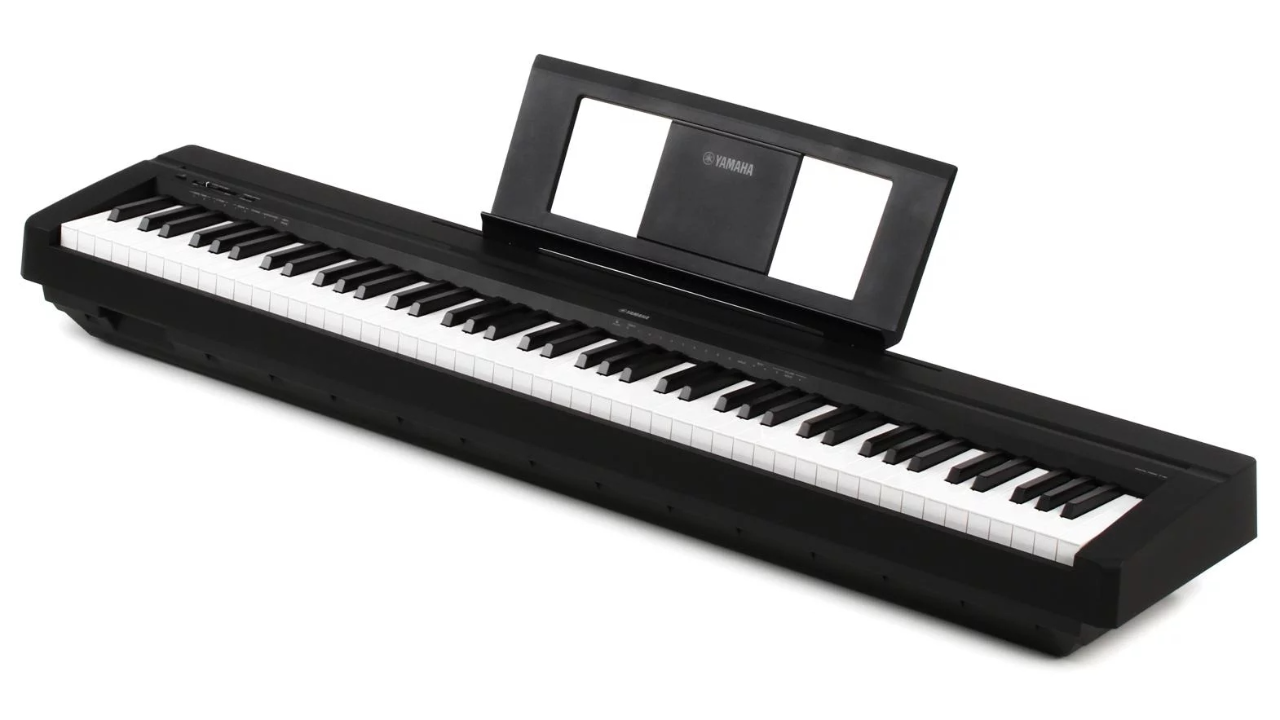
Yamaha P-45: The P-45 is one of the most popular beginner stage pianos on the market, and for good reason - it's reliable, affordable and sounds fantastic.
Casio PX-S1100: Like the look of the S110, but want more? Then the PX-S1100 is the piano for you - it also comes with the Casio Bluetooth adapter for streaming audio wirelessly.
While the Casio CDP-S110 may not be overflowing with features, it does include most of the things a modern pianist is looking for in a piano with three switchable levels of sensitivity, 64 note polyphony, transpose, and built-in chorus and reverb effects.
Unfortunately, the S110 doesn't come with Bluetooth. Okay, we are well aware that the S-110 is at the bottom end of the price spectrum when it comes to pianos, but we'd love to have this feature worked into the next version. This would allow players to effortlessly use their new instrument with some of the best online piano lessons, and anything that helps players practice is a good thing to us!
We received the new white finish for the purposes of this review, and while it looked great, it did highlight an obvious problem with such a stark finish - it gets dirty pretty quickly. Before even getting it out of the box, there was already a few marks left by the hands of whoever boxed the piano up for dispatch. Clearly, these grubby marks will come off, but if you are planning on moving around your new white piano a lot, you may want to consider opting for black instead.
Conclusion
So, it's fair to say the new Casio CDP-S110 isn't a marked improvement over the original, but that said, the previous version didn't need much improvement. This is still a fantastic beginner-friendly digital piano, that's functional, portable and, above all else, great sounding.
Casio are world leaders in affordable, quality instruments from beginner keyboards to stunning digital pianos and the CDP-S110 proves that even at the lower end of the market, they still produce one of the best digital pianos for beginners, perfect for kicking off anyone's piano journey.
- Our pick of the best digital pianos under $1,000/£1,000
Casio CDP-S110 review: Hands-on demos
Casio
Casio UK
Casio CDP-S110 review: Specifications
- Number of Keys: 88
- Key Action: Scaled Hammer Action Keyboard Ⅱ
- Touch Response: 3 sensitivity levels, off
- Polyphony: 64
- Built-in Tones: 10
- Layer: Yes
- Digital Effects: Reverb 4/ Chorus 4
- Connection to App: Chordana Play for Piano ver.2.4
- Metronome: 0 to 9 beats; tempo range: 20 to 255
- Pedals: Included: SP-3
- Key Transpose: -12 semitones to 0 to +12 semitones
- Tuning Control: A4 = 415.5 Hz to 440.0 Hz to 465.9 Hz
- Others: Auto Power Off
- MIDI: Yes
- PHONES / OUTPUT: 1 (Stereo mini jack) multi-use OUTPUT terminal
- AUDIO IN: Yes
- USB Type B: Yes
- Speakers Size: 12cm × 6cm (oval) × 2
- Amplifiers: 8W + 8W
- Dimensions: 1,322 x 232 x 99 mm
- Weight: 10.5 kg
- Contact: Casio
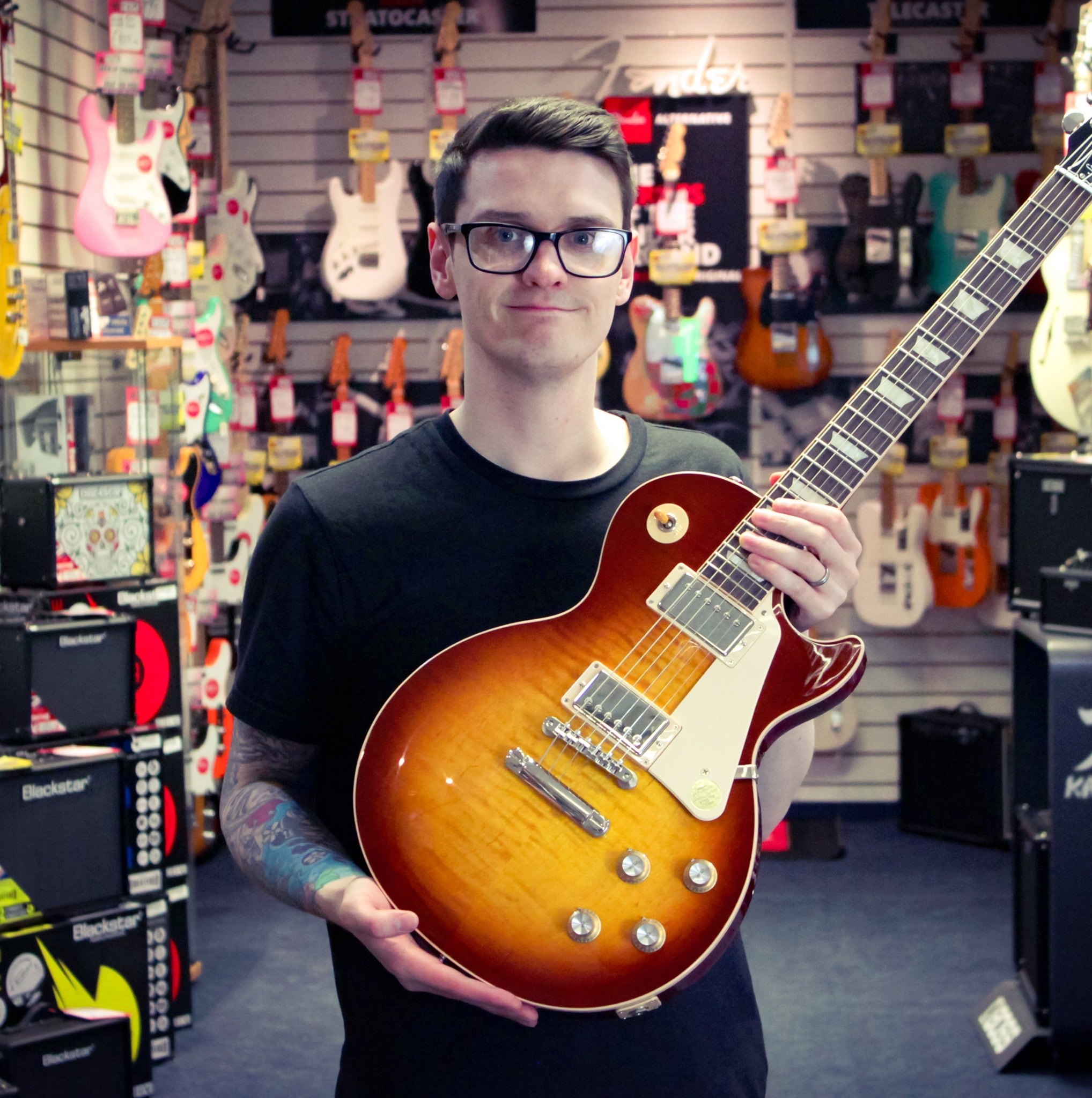
I'm a Senior Deals Writer at MusicRadar, and I'm responsible for writing and maintaining buyer's guides on the site - but that's not all I do. As part of my role, I also scour the internet for the best deals I can find on gear and get hands-on with the products for reviews. My gear reviews have been published in prominent publications, including Total Guitar and Future Music magazine, as well as Guitar World.com. I've also had the privilege of interviewing everyone from Slash to Yungblud, as well as members of Sum 41, Foo Fighters, The Offspring, Fever 333 and many more.
I have a massive passion for anything that makes a sound, particularly guitars, pianos, and recording equipment. In a previous life, I worked in music retail, giving advice on all aspects of music creation and selling everything from digital pianos to electric guitars, entire PA systems, and ukuleles. I'm also a fully qualified sound engineer who holds a first-class Bachelor's degree in Creative Sound Production from the University of Abertay and I have plenty of experience working in various venues around Scotland.
“Every note counts and fits perfectly”: Kirk Hammett names his best Metallica solo – and no, it’s not One or Master Of Puppets
Ranked: Bon Iver's albums, from Sable, Fable to For Emma, Forever Ago
“Its mission is simple: unleash the power of any amplifier or line-level source without compromise”: Two Notes promises a “watershed” in tube amp control with the Torpedo Reload II
